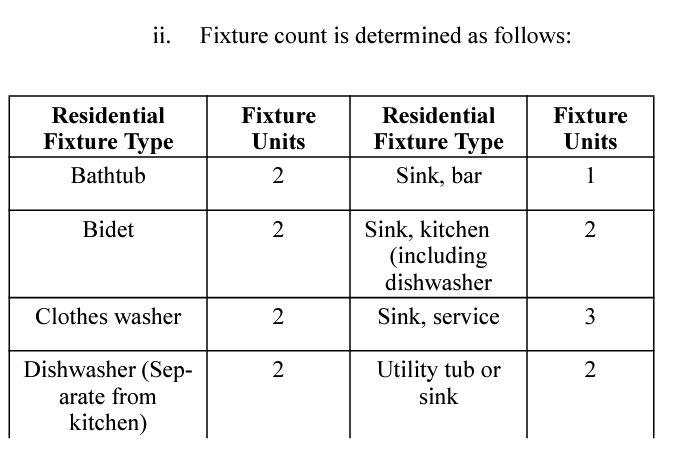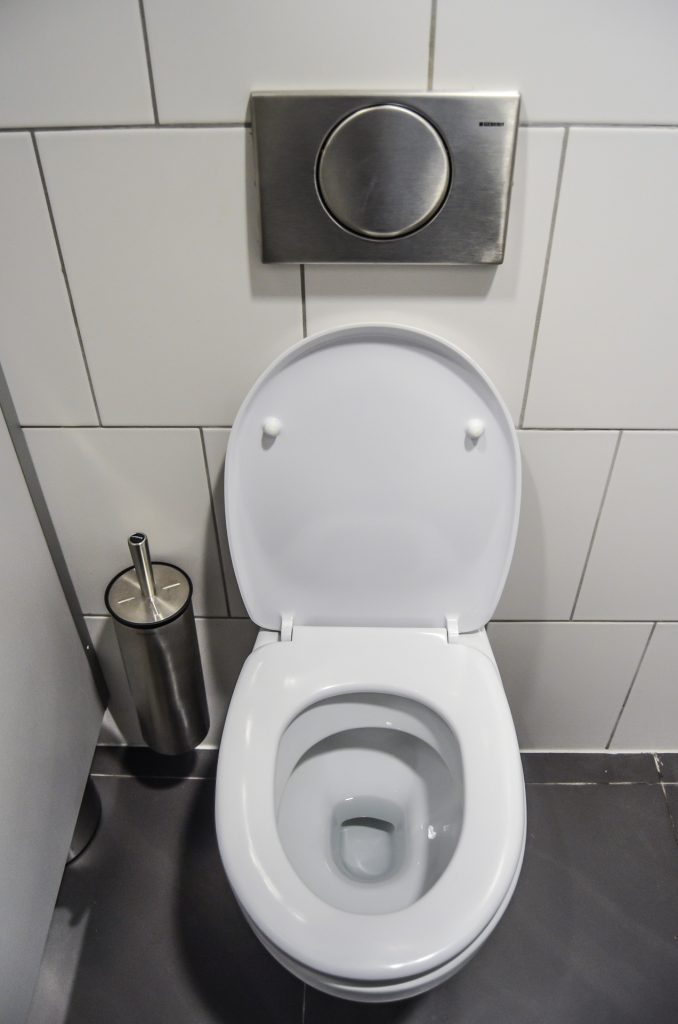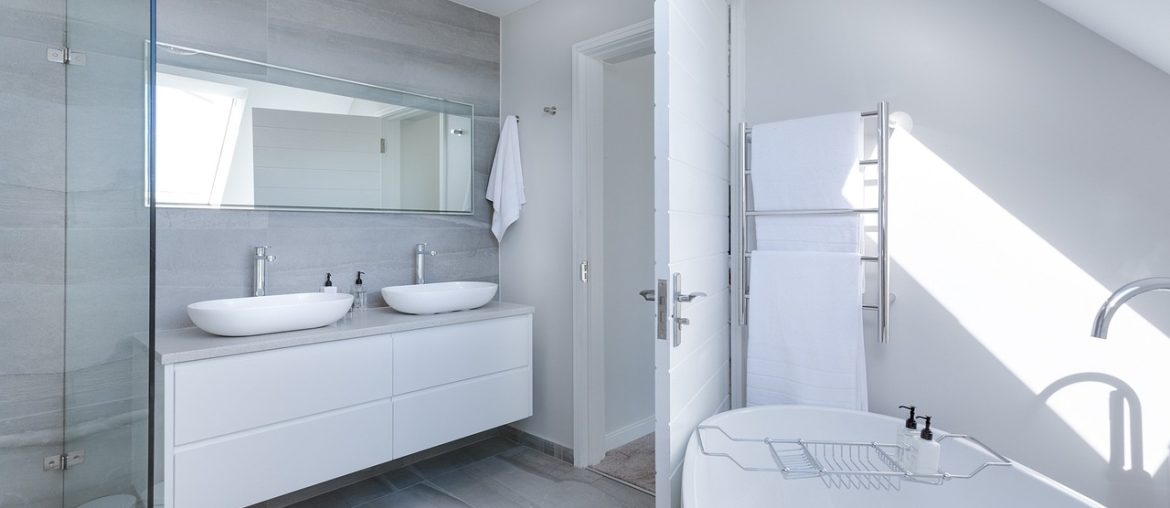As we mentioned in the Opt-Out Permit page owners are still required to obtain a septic system or alternative waste treatment permit even if their property is zoned for the “Opt-Out.”
A septic system is ALWAYS NECESSARY in Cochise County as water from the kitchen sink is considered gray water and must be disposed of properly. However, you can put in a very small septic system to deal with the kitchen’s gray water and use alternatives such as composting toilets for the rest as long as the application is accepted. A septic permit plus your opt-out permit must be issued before you can begin building, obtain an address, or move onto the property in your RV

Site & Soil Evaluation
The first step is to have your property evaluated to determine the size and location of the septic system before building a house, structure, or well. You must hire a state-certified evaluator to conduct a soil and site evaluation. They will excavate at least 3 test pits about 12′ deep and determine the capacity of the soil on your site to absorb water. They then will recommend and design a system based on what they find and your building plans. You do not have to install the system recommended.
Why does the soil evaluation matter? Here in Cochise County, we have a number of different soil conditions, everything from clay to sand, to caliche. Some soil absorbs water well and makes the leach field for the septic system work as designed (see how a septic system works down below). However, if you happen to have a lot of caliche things get more complicated. This is why the county requires a certified evaluator to conduct the test, so septic system systems are built correctly and you don’t have a stinky problem on your hand later.
Getting Your Septic Permit
Once a site and soil evaluation is completed you can begin applying for your septic permit and any alternative systems you require.
As always please check with the County guidelines for Septic Systems in case changes have been made and any of the information on this page is out-of-date.
You can find rules for Alternative Systems here and laws regarding composting toilets here.
How A Typical Septic System Works
A septic system has two components: a septic tank and a drain field (or soil absorption field). Your home has one drain that takes all sewage and gray water to the septic tank where it is digested.
The septic tank is a buried, water-tight container usually made of concrete, fiberglass, or polyethylene (the state regulates what kind of tanks can be used for septic systems) whose main job is to hold the waste long enough for it to separate into liquids and solids. The liquids are then discharged slowly from the septic tank into a series of perforated pipes which are buried in a leach field (or drainage field). The soil accepts, treats, and disperses wastewater as it percolates through the soil, ultimately discharging it to groundwater. This is why knowing your soil is so important when designing a properly functioning septic system.
If your soil type does not allow for a traditional septic system an alternative system will be recommended by your state certified evaluator.
Sizing Your Septic Tank & Drainfield
The size of your septic and drain field also matters. If your septic tank is too small you will fill it very quickly leading to costly pumping. If your drain field is too small the wastewater will saturate the ground and won’t properly filter leading to a smelly mess!
The size of your septic tank will depend on the specific septic system type; local government regulations; the suitability of the soil, and the expected volume of wastewater based on the size of the home. The most important of these factors is the average volume of wastewater that will be produced for the septic tank to handle. Below is a copy of the table used in the State Sewage Rules to determine what minimum size septic your home must have.



Gray Water Vs Black Water
In Arizona, greywater is defined as “wastewater that has been collected separately from a sewage flow and that originates from a clothes washer or a bathroom tub, shower or sink but that does not include wastewater from a kitchen sink, dishwasher or toilet.” You can route graywater to alternative filtration systems such as gardens.
However black water or sewage which is defined as “untreated wastes from toilets, baths, sinks, lavatories, laundries, other plumbing fixtures, and waste pumped from septic tanks in places of human habitation, employment, or recreation ” must be properly stored and filtered using a septic tank. This means that even if you design your home with composting toilets (more on these later) and therefore eliminate toilet water from the equation you still need to properly treat your water from your kitchen sink using some kind of septic system.

Re-Using Gray Water
The easiest way to use gray water is to pipe it directly outside and use it to water ornamental plants or fruit trees. Greywater can also be used to irrigate vegetable plants as long as it doesn’t touch the edible parts of the plants. In any greywater system, it is essential to use “plant-friendly” products, those without lots of salt, boron, or chlorine bleach. The build-up of salts and boron in the soil can damage plants. Greywater may contain traces of dirt, food, grease, hair, and certain household cleaning products. While greywater may look “dirty,” it is a safe and even beneficial source of irrigation water in a yard.
By using an alternative method for filtering your gray water you can not only save water but also save money on the size septic system you require as many of your fixtures will no longer be flowing into the septic.

Composting Toilets
Another way to save water and to save money on the size of your septic system is to use composting toilets in your building. There are many composting toilets on the market but the way they generally work is that there is some medium that the waste is collected into. That medium then has to be safely disposed of. Please be careful as human waste contains harmful bacteria and improperly disposing of it can cause sickness and death. Make sure to check with the county that your composting toilet meets county requirements.
Other Things to Consider
Your septic system must be properly set back from your buildings, the road, and your well/water source.
The pipe from the house to the septic tank, and the outlet pipe from the tank to the leach field, should both slope downward with a minimum slope of 1/4 in. per ft.
Toilet bowl cleaners and bleach/chlorine-based cleaners should be avoided or minimized. These products will kill the good bacteria in the septic tank and prevent it from properly functioning leading to costly backups.
Any paper products like tissues, paper towels, tampons, sanitary products, and even some heavier toilet paper, will clog your system if you flush enough of it. Wet wipes are another product that you should never flush into a septic system.
Final Thoughts
A septic system is one of the first things you should be planning when researching and buying land for your off-grid project. Not only is it required by the County but it is also an integral part of making your new land into a comfortable home.

